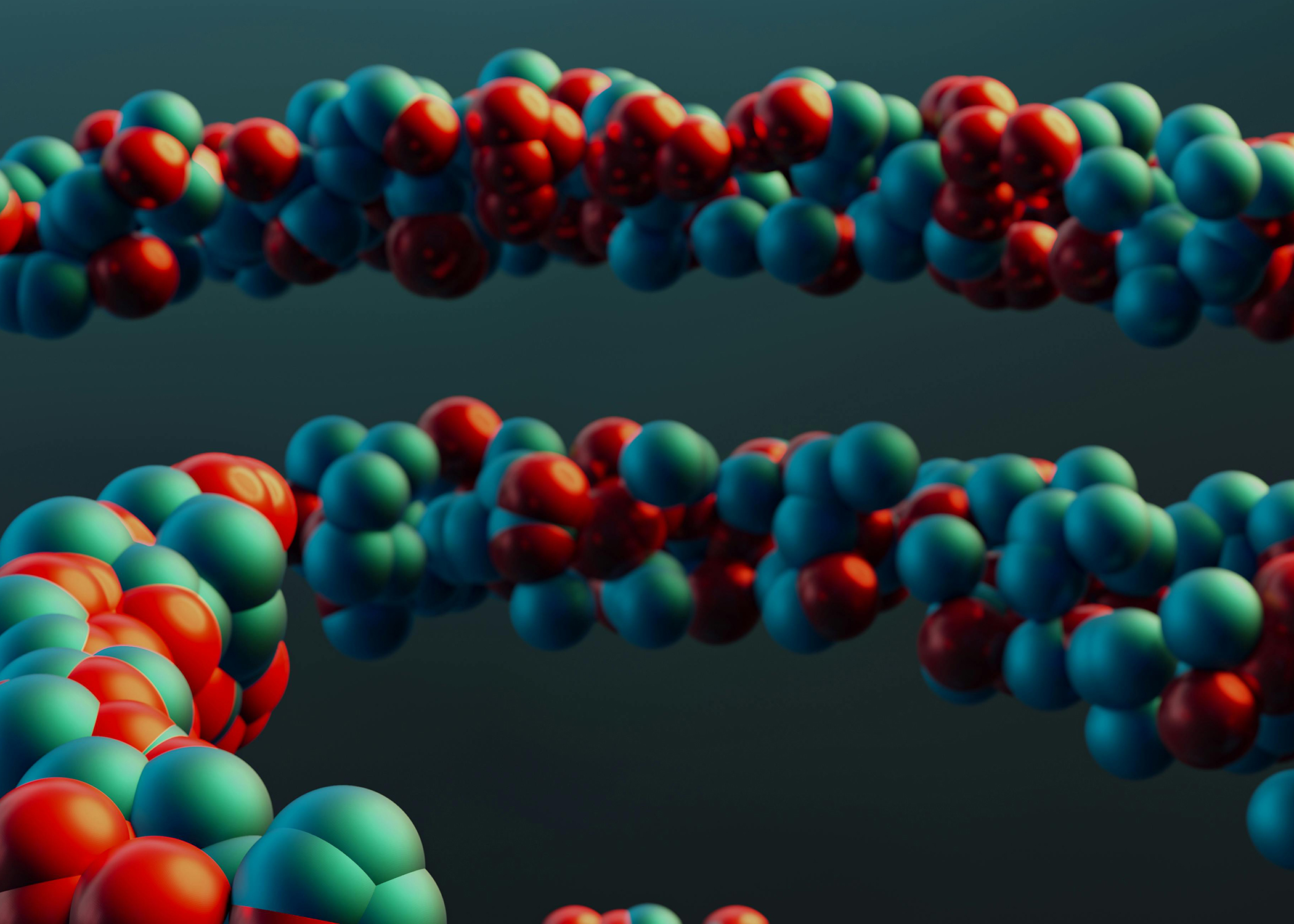
Proteins are always wiggling and jiggling within a cell in order to perform their jobs. From simple interactions, to making chemical reactions happen, to helping drugs reach their targets (or hindering them), protein power is all about form, function and movement.
Understanding how and why proteins move is top of mind for Stephanie Wankowicz. The assistant professor of molecular physiology and biophysics and principal investigator at the Wankowicz lab conducts research on how entropy, a measure of the tendency toward disorder or randomness within a system, shifts when a protein binds to a drug or another protein.
Wankowicz’s ultimate goal? Uncovering insights that could advance drug and protein design.
“We focus on entropy, a key thermodynamic factor that influences these processes,” Wankowicz says. “Despite its importance, entropy remains an underappreciated aspect of biological research, and we believe that a deeper understanding could lead to significant breakthroughs.”
To get to the root of things, Wankowicz combines machine learning, bioinformatics, and structural and biophysical experiments.
“In my lab, we are particularly interested in integrating diverse biological data from various experiments to better understand why and how proteins move. This includes studying how these movements influence protein interaction networks and cellular machinery and how different cellular environments shape protein dynamics,” Wankowicz says.
“We are also interested in developing and using new computational algorithms for structural biology data to improve our detection limit of identifying when and where proteins are moving. By uncovering these fundamental principles, we hope to design more effective and precise targeted therapies.”
Wankowicz fell in love with science as a high school freshman on the outskirts of Boston. A genetic counselor’s visit to her classroom inspired her pursuit of a bachelor’s degree in biochemistry and molecular biology at the University of Massachusetts Amherst. She discovered her passion for research while working in the clinic at Dana-Farber Cancer Institute in Boston.
“Every day, patients faced critical questions that only scientific research could answer. I began my research journey by exploring how biomarkers influenced patients’ responses to treatments.”
During her time at the University of California San Francisco, Wankowicz was introduced to structural biology, which underpins her work at Vanderbilt.
“To me, structural biology is one of the most powerful tools for understanding mechanisms—the why behind biological processes. I now combine all these perspectives to better understand the world through research.”
Currently, the Wankowicz Lab is developing new computational algorithms that capture not just a single protein shape, but the full range of shapes it can adopt, including its interactions with other molecules and surrounding water. This work is being funded through a new $5 million initiative – funded by the Astera Institute and in collaboration with Cornell University, the Lawerence Berkeley National Lab, the Los Alamos National Lab, and UCSF – focused on reshaping the future of structural biology by moving beyond traditional “snapshot” views of proteins to reveal their full dynamic motions.
Wankowicz is excited for the future her research will reveal.
“Our research helps build the foundation of scientific knowledge. This is especially exciting because we don’t always know exactly how or where our discoveries will have an impact,” Wankowicz says. “Our work lays the groundwork for future breakthroughs, whether in targeting diseases, understanding the mutations that drive them, or designing new proteins for biomedical and environmental applications.”

